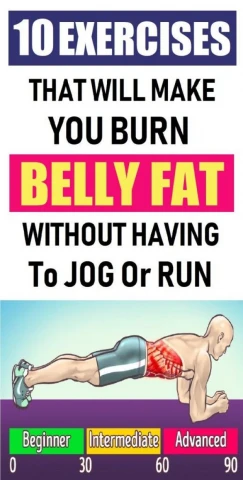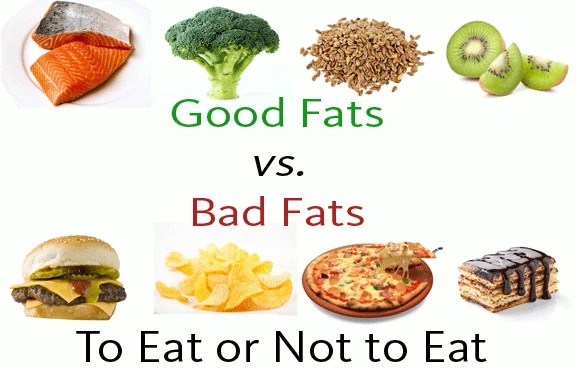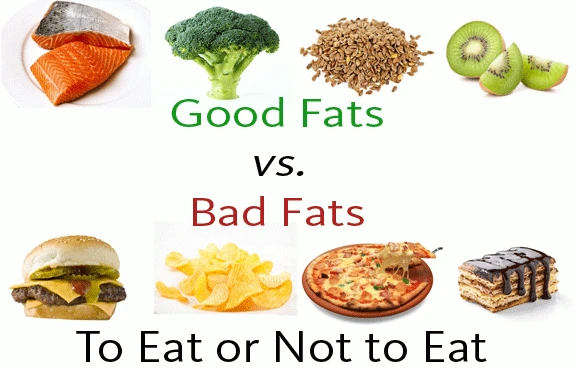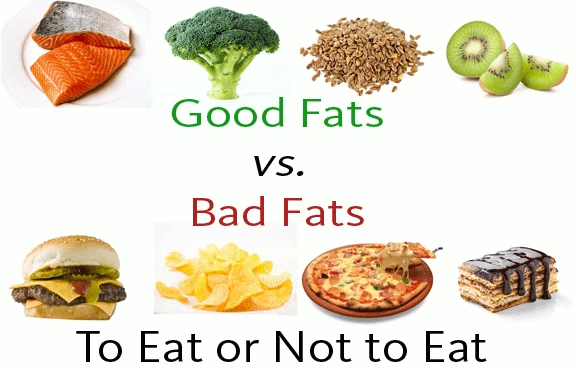different types of fat
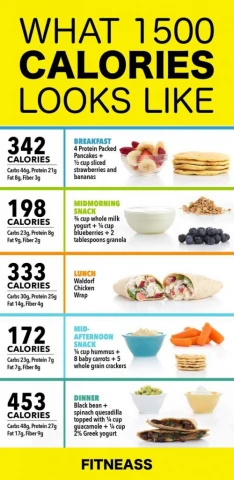
Using Harvard’s Healthy Eating Plate as a guide, we recommend eating mostly vegetables, fruit, and whole grains, healthy fats, and healthy proteins. We suggest drinking water instead of sugary beverages, and we also address common dietary concerns such as salt and sodium, vitamins, and alcohol. It’s also important to stay active and maintain a healthy weight.
Want to learn more? Use the Healthy Eating Plate & Healthy Eating Pyramid, both created by the Department of Nutrition at Harvard School of Public Health, as your guides for choosing a healthy diet and creating healthy meals. To get started, here are 10 tips for healthy eating!
The contents of this website are for educational purposes and are not intended to offer personal medical advice. You should seek the advice of your physician or other qualified health provider with any questions you may have regarding a medical condition. Never disregard professional medical advice or delay in seeking it because of something you have read on this website. The Nutrition Source does not recommend or endorse any products.
Dietary fats are a type of nutrient in food. "Fat" used to be a bad word in nutrition. Years ago, your doctor might have recommended that you limit or avoid fat in your diet to prevent weight gain and health problems like heart disease and diabetes. Now, doctors know that all fats aren*t bad. Some fats lower your cholesterol level and help keep you healthy. You need some fat in your diet.
The key is to get a good balance of fats and other nutrients in your diet. Eat the healthiest kinds of fats, in the right amounts. Unsaturated fats are the healthy fats. Saturated and trans fats are generally not as good for you.
A diet rich in saturated fats can drive up your total cholesterol and tip the balance toward more harmful LDL cholesterol, which can lead to blockages in arteries in your heart and other parts of your body. LDL cholesterol raises your risk for heart disease.
Unsaturated fats come mainly from vegetables, nuts, and fish. They*re liquid at room temperature. Because these fats are good for your heart and the rest of your body, experts recommend that you eat them in place of saturated and trans fats.
Studies show that eating fish high in omega-3 fatty acids lowers your risk of cardiovascular disease. Yet taking omega-3 supplements may not have the same benefit. Researchers are also looking at whether omega-3s might help prevent or slow Alzheimer*s disease and other forms of dementia.
Trans fat might taste good, but it*s not good for you. This unhealthy type of fat raises your LDL cholesterol level, making you more likely to have heart disease, stroke, and type 2 diabetes. It also lowers "good" HDL cholesterol. The American Heart Association recommends that you get no more than 1% of your daily calories from trans fats. Some places have banned trans fats altogether.
The bottom line: To keep your heart -- and the rest of you -- healthy, get most of your fats from unsaturated sources. And get the bulk of your nutrition from healthy, low-fat foods like vegetables, fruits, whole grains, and lean protein such as fish and skinless poultry.
*); } else { // If we match both our test Topic Ids and Buisness Ref we want to place the ad in the middle of page 1 if($.inArray(window.s_topic, moveAdTopicIds) > -1 && $.inArray(window.s_business_reference, moveAdBuisRef) > -1){ // The logic below reads count all nodes in page 1. Exclude the footer,ol,ul and table elements. Use the varible // moveAdAfter to know which node to place the Ad container after. window.placeAd = function(pn) { var nodeTags = [*p*, *h3*,*aside*, *ul*], nodes, target; nodes = $(*.article-page:nth-child(* + pn + *)*).find(nodeTags.join()).not(*p:empty*).not(*footer **).not(*ol *, ul *, table **); //target = nodes.eq(Math.floor(nodes.length / 2)); target = nodes.eq(moveAdAfter); $(*
Importantly, omega-3’s are anti-inflammatory and systematic reviews and randomized controlled trials show that they help to (6, 7, 8);
For instance, some researchers claim that traditional human diets had an omega-6 to 3 ratio close to 1:1. Conversely, the modern American diet can be as high as 20:1, which some people claim may lead to an increased risk of damage from inflammatory processes (11, 12, 13).
In short; the molecular structures are arranged differently and they appear foreign to our body. As a result, they are unstable, they can readily oxidize, and they can potentially lead to a number of health problems (15, 16, 17).
In fact, industrial trans fats are associated with health conditions such as insulin resistance, type 2 diabetes, cardiovascular heart disease, and cancer (18, 19, 20).
30 Days One Dress Size Challenge review


